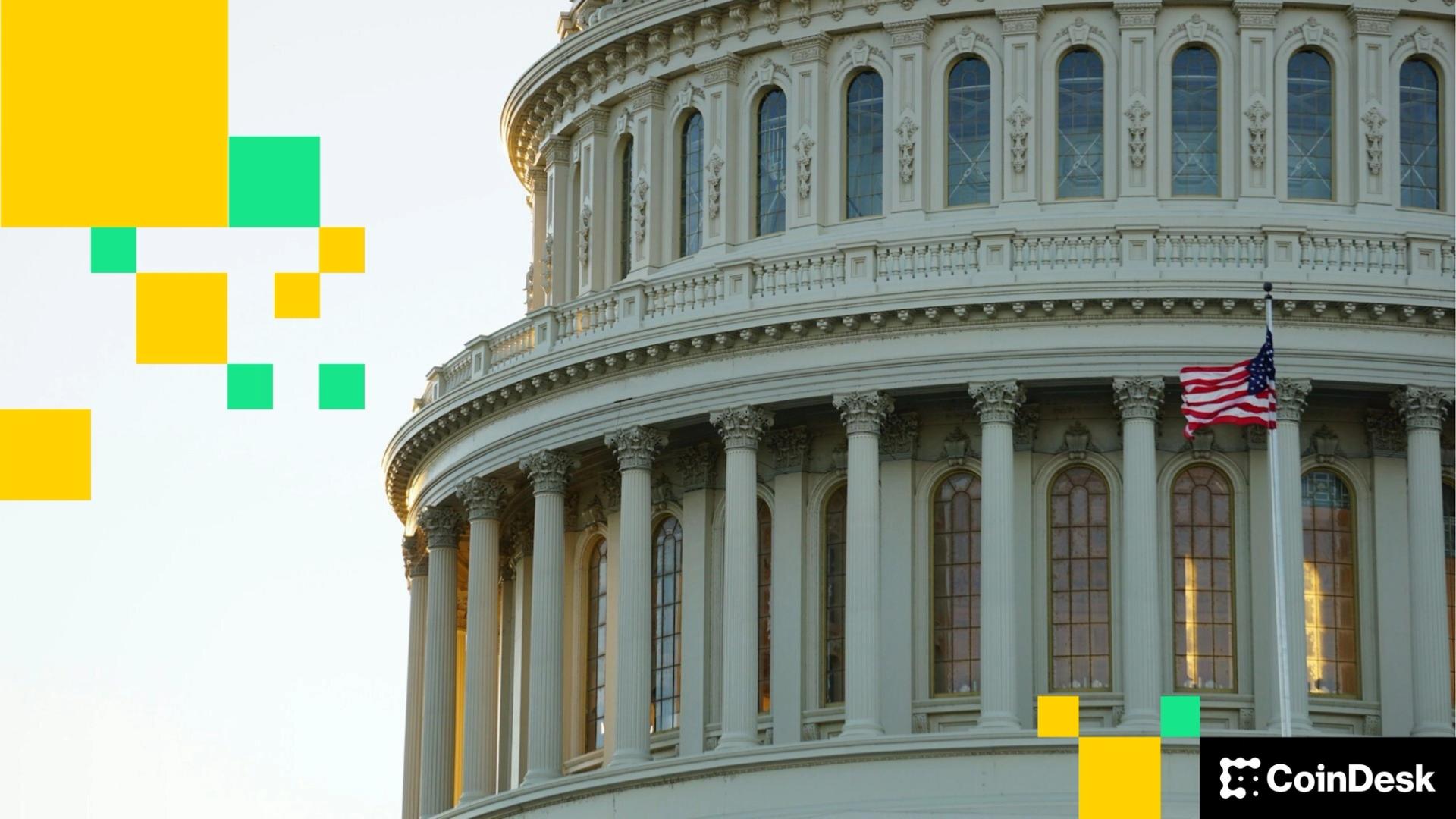How the GENIUS Act Just Saved DeFi by Killing Yield-Bearing Stablecoins

DeFi just dodged a bullet—and it came from an unlikely source. The GENIUS Act, sneaking through Congress like a regulatory ninja, just axed yield-bearing stablecoins. And honestly? The sector might owe it a thank-you note.
Here’s why: Yield-bearing stablecoins were the ticking time bomb no one wanted to admit existed. Offering ‘risk-free’ returns in a system built on smart contracts? Even Wall Street wouldn’t try that level of audacity—and they invented synthetic CDOs.
The fallout? A cleaner DeFi landscape. Without the siren song of artificial yields, protocols are pivoting back to real utility: lending, trading, and yes, actual innovation. The irony? Regulation—DeFi’s longtime nemesis—just did what a thousand hackathons couldn’t: forced the space to grow up.
So grab your popcorn. The next act in crypto’s saga just got a lot more interesting—and a lot less likely to implode overnight. Bonus: TradFi bankers are now stuck explaining why their ‘stablecoin yield products’ just got outlawed. Karma’s a blockchain.
A hard stop for yield-bearing stablecoins
For years, DeFi tried to have it both ways: offering “stable” assets that quietly generated returns, while dodging securities treatment. The GENIUS Act ends that ambiguity. Under the new law, any stablecoin paying yield, whether directly through staking mechanics or indirectly via pseudo-DeFi savings accounts, is now firmly outside the compliant perimeter. In short, yield-bearing stablecoins just got orphaned.
Congress frames this as a way to protect U.S. banks. By banning stablecoin interest, lawmakers hope to prevent trillions from fleeing traditional deposits, which underwrite loans to small businesses and consumers. Keeping stablecoins yield-free preserves the basic plumbing of the U.S. credit system.
But there’s a deeper shift underway. This is no longer just a compliance question. It’s a total rethink of collateral credibility at scale.
Treasuries and monetary reflexivity
Under GENIUS, all compliant stablecoins must be backed by cash and T-bills with maturities under 93 days. That effectively tilts crypto’s reserve strategy toward short-term U.S. fiscal instruments, integrating DeFi more deeply with American monetary policy than most people are ready to admit.
We’re talking about a market currently around $28.7 trillion in outstanding marketable debt. Concurrently, the stablecoin market exceeds $250 billion in circulation. Therefore, even if just half of that (about $125 billion) pivots into short-term Treasuries, it represents a substantial shift, pushing crypto liquidity directly into U.S. debt markets.
During normal times, that keeps the system humming. But in the event of a rate shock, those same flows could reverse violently, triggering liquidity crunches across lending protocols that use USDC or USDP as the so-called “risk-free leg.”
It’s a new type of monetary reflexivity: DeFi now moves in sync with the health of the Treasury market. That’s both stabilizing and a fresh source of systemic risk.
Why this could be the healthiest moment for DeFi
Here’s the irony: by outlawing stablecoin yield, the GENIUS Act might actually steer DeFi in a more transparent, durable direction.
Without the ability to embed yield directly into stablecoins, protocols are forced to build yield externally. That means using delta-neutral strategies, funding arbitrage, dynamically hedged staking, or open liquidity pools where risk and reward are auditable by anyone. It shifts the contest from “who can promise the highest APY?” to “who can build the smartest, most resilient risk engine?”
It also draws new moats. Protocols that embrace smart compliance, through embedding AML rails, attestation layers, and token FLOW whitelists, will unlock this emerging capital corridor and tap institutional liquidity.
Everyone else? Segregated on the other side of the regulatory fence, hoping shadow money markets can sustain them.
Most founders underestimate how quickly crypto markets reprice regulatory risk. In traditional finance, policy shapes the cost of capital. In DeFi, it will now shape access to capital. Those who ignore these lines will watch partnerships stall, listings vanish, and exit liquidity evaporate as regulation quietly filters out who gets to stay in the game.
The long view includes sharper lines, stronger systems
The GENIUS Act isn’t the end of DeFi, but it does end a certain illusion that passive yield could simply be tacked onto stablecoins indefinitely, without transparency or trade-offs. From here on out, those yields have to come from somewhere real, with collateral, disclosures, and rigorous stress tests.
That might be the healthiest pivot decentralized finance could make in its current state. Because if DeFi is ever going to complement, or even compete with, traditional financial systems, it can’t rely on blurred lines and regulatory gray zones. It has to prove exactly where the yield comes from, how it’s managed, and who bears the ultimate risk.
The GENIUS Act just made this law. And in the long run, that could be one of the best things to ever happen to this industry.

